Hyper-Personalization: Boost Sales with Technology
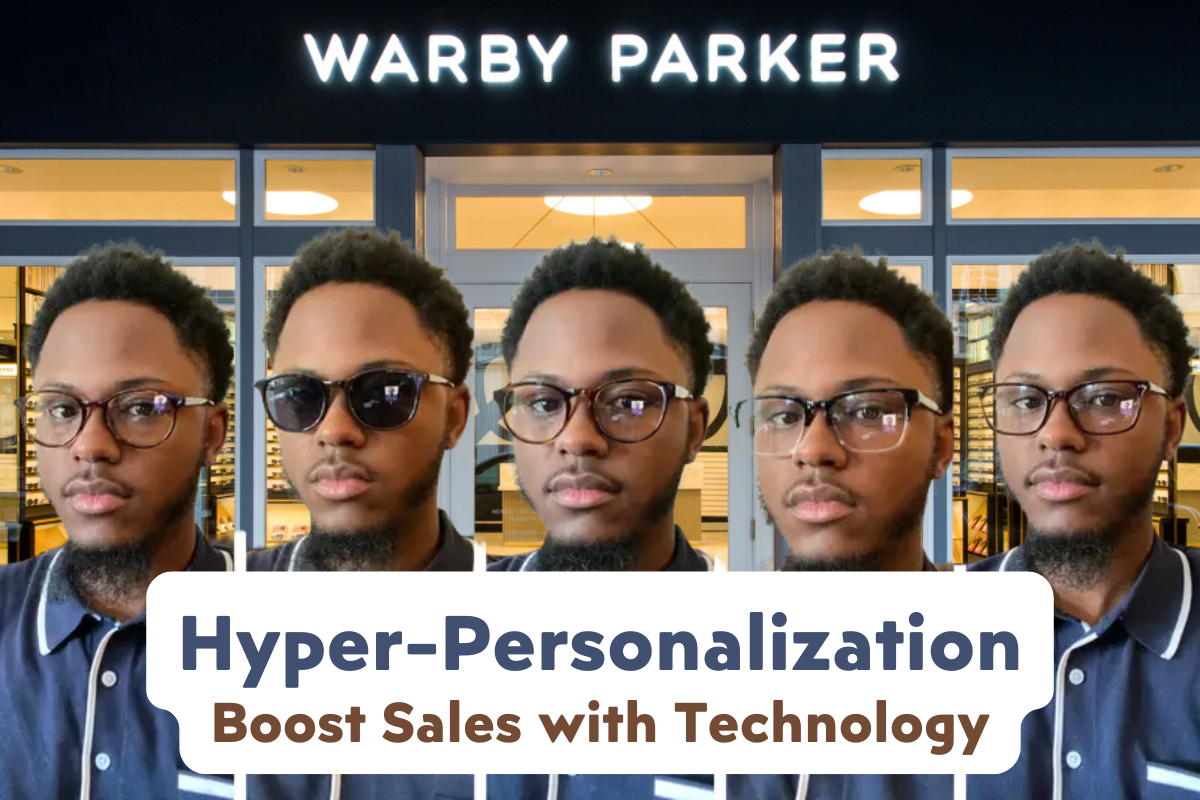
💡 Want more business insights? Stay ahead of the curve with our exclusive updates!
👉 Join our Telegram channel for daily business ideas and expert tips.
👉 Follow us on Facebook to never miss a trend or update!
Don’t just read—connect, grow, and innovate with us today!
Hyper-personalization is becoming a game-changing tool for businesses, offering unique and tailored experiences to customers. While major brands like Warby Parker lead the way, smaller businesses can also leverage this strategy to increase sales and build customer loyalty. This article explores how hyper-personalization works, explains tools like Meta Pixel, and provides actionable steps to implement it on a budget.
What is Hyper-Personalization?
Hyper-personalization uses data analytics, artificial intelligence, and customer behavior to deliver highly relevant products and services. Here are a few examples:
- Example 1: An online store suggests products a customer recently viewed.
- Example 2: A café sends personalized discounts on a customer’s favorite meal.
- Example 3: Retargeted ads remind users of products they left in their shopping carts.
Case Study: How Warby Parker Used Hyper-Personalization
Warby Parker, a leading eyewear brand, leveraged hyper-personalization by creating a mobile app with a virtual try-on feature.
What they did:
- Developed an augmented reality (AR) tool allowing customers to try on glasses virtually.
- Used customer data to recommend styles and sizes.
Results:
- Online sales increased by 30%.
- The company expanded its loyal customer base.
- Reduced reliance on physical retail stores.
How much did it cost? Developing an app like this can range from $50,000 to $200,000, depending on its complexity. However, small businesses can use affordable alternatives like personalization plugins or third-party services.
Why Hyper-Personalization is Crucial for Small Businesses
- Increased conversion rates: Personalized recommendations can lead to higher sales.
- Enhanced customer loyalty: Customers return when their needs are understood.
- Cost efficiency: Targeting the right audience reduces ad spend.
How to Implement Hyper-Personalization: Step-by-Step
1. Set Up Meta Pixel
What is it?
Meta Pixel is a tool that tracks user activity on your website and connects this data to Facebook and Instagram ads.
What does it do?
- Tracks actions like page views, adding products to carts, and purchases.
- Enables retargeting ads to re-engage potential customers.
How to install it?
- Create a Pixel in your Meta Ads Manager.
- Add the Pixel code to your website (Shopify and WooCommerce offer easy integrations).
- Set up events, such as "Add to Cart" or "View Product."
2. Create an Audience in Meta Ads Manager
Why is this important? Creating a custom audience ensures your ads reach users who:
- Have visited your site.
- Expressed interest in your products.
- Performed specific actions like abandoning their cart.
How to do it?
- Go to "Audiences" in Meta Ads Manager and select "Custom Audience."
- Define parameters, such as users who visited a product page in the last 7 days.
- Use this audience for retargeting campaigns.
3. Launch Dynamic Ads
How does it work? Dynamic ads automatically show users the exact products they viewed or added to their cart.
How to set it up?
- Go to Meta Ads Manager and create a new campaign.
- Choose the “Sales” objective.
- Enable dynamic ads by linking your product catalog (Shopify or WooCommerce can handle this easily).
- Retarget users with personalized product recommendations.
Where to Find Your First 1,000 Customers
- Social Media:
- Run targeted ads with a small budget ($5–10/day).
- Post engaging, value-driven content.
- SEO:
- Write blog posts answering common questions in your niche.
- Collaborations:
- Partner with influencers or complementary brands.
- Promotions:
- Offer discounts or bonuses for first-time buyers.
Profit Potential: A Simple Calculation
Suppose your online store gets 1,000 monthly visitors, and the average order value is $50:
- Before hyper-personalization: Conversion rate 2% × 1,000 × $50 = $1,000.
- After hyper-personalization (conversion rate increases to 4%): 4% × 1,000 × $50 = $2,000.
- Extra profit: +$1,000/month.
Conclusion
Hyper-personalization is an accessible and effective tool for businesses of any size. Tools like Meta Pixel, CRM systems, and dynamic ads make it easier than ever to deliver tailored experiences. Start small: track customer behavior, personalize their journey, and scale successful strategies to grow your business.
💡 Want more business insights? Stay ahead of the curve with our exclusive updates!
👉 Join our Telegram channel for daily business ideas and expert tips.
👉 Follow us on Facebook to never miss a trend or update!
Don’t just read—connect, grow, and innovate with us today!




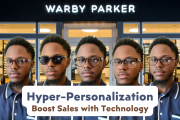



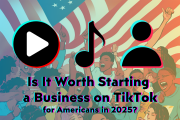
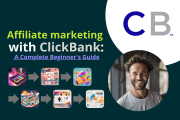
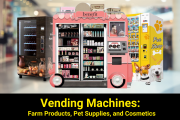
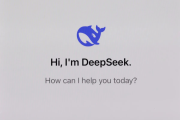

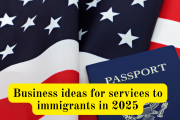




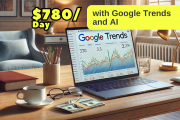



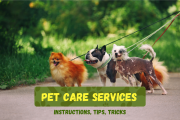


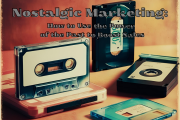











.jpeg)













Note: Comments are being moderated and may take a while to appear. There is no need to resubmit your comment.